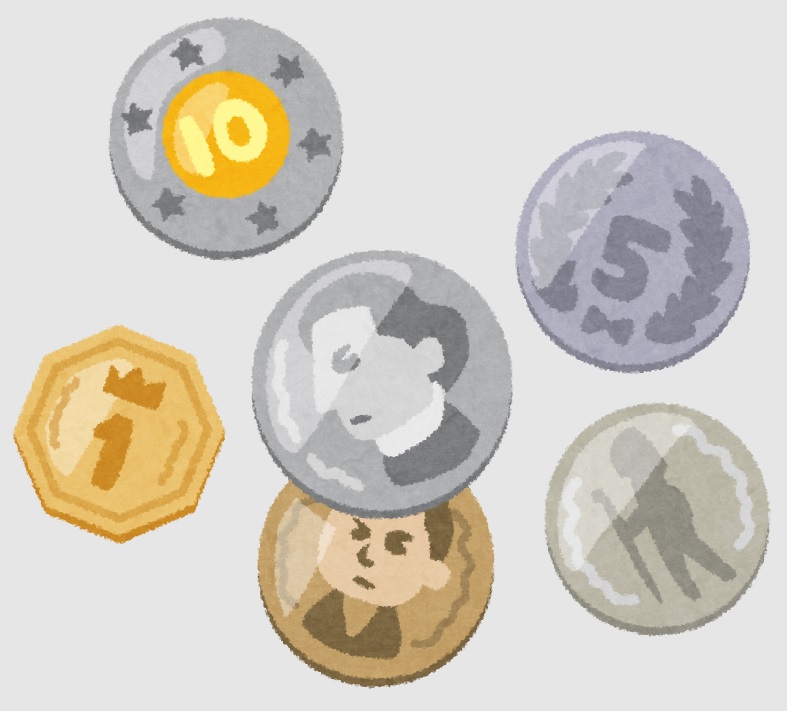「銀行が抜いてます|外貨預金で損しないための必読ガイド」
〜前回のつづき〜
●為替リスク
それからいま日本円でお話してますが
このパーセンテージのところで
銀行というのは言葉を使う。
要は話をすり替えちゃうので
いかにも1万円預けてたら2%付くような
そんな錯覚に陥ってしまいます。
これ外貨で預けてますからね?
外貨。
価格=レートというのは
常に変動するんです。
円高とか円安というのは
常に変動してるので読めない。
ギャンブルになってしまいます。
円で預けてるのとは
全く意味が違うんです。
1年後にレートが一緒の場合でも
元には戻らないのに
更に円高・円安が入って
ギャンブルになってしまう。
だから円で預けてあるのとは
全く意味が違うんだという事です。
●金利が銀行に搾取される
まだ抜くか!?という感じですが
例えば日本の銀行で米ドルを預ける。
外貨預金をする時に
金利が1%付きますと
銀行はアピールしてきます。
実際には
アメリカの銀行では3%付くんですよ。
わかりますか?
日本の銀行の窓口で
米ドルを預けたら金利が1%
でも実際にアメリカの銀行では
金利2〜3%付いてるんですよ。
外貨預金というのは国内の銀行
メガバンクとか有りますよね?
国内の銀行窓口にして
実際私達の外貨預金というのは
外国の中継銀行(コルレス銀行)
というところがあるんですけど
外国の中継銀行に預けてるんですよ。
(ふーん、そーなんだーぐらいでいいんですけど)
要は私達の外貨預金を
実際に外国の銀行に預けてるんですよ。
海外で実際に2〜3%付いてるのに
なぜか私達に付く金利が1%なんですよ。
この差額の1〜2%は
どこかに消えてますよね。
どこに消えてると思います?
当然銀行が抜いてます。
これ結構ひどい話ですよね?
凄いでしょ?
だから両替の時にも手数料を取り
実際増えてる金利のところからも
抜いてるんですよ。
何回抜いてるんだ?という話です。
●ペイオフ
外貨預金にはペイオフ=預金保護がない。
聞いたことがあるかもしれません。
銀行が何かで破綻したりとか
何かあった時には
1千万円までは保護されるのですが
外貨預金に対してはそれがありません。
だから実際銀行が潰れるかどうかは
置いておいて
この辺のリスクは高くなります。
〜〜〜つづく〜〜〜
Special Thanks college president Ryo.
●おまけ
≪≪Chat-GPTくんによる要約→perplexityちゃんによる文章まとめ≫≫
外貨預金にはいくつかのリスクが伴います。まず、為替リスクがあります。外貨で預金をすると、為替レートの変動によって預金の価値が変わるため、円高や円安の影響を受けます。これにより、同じレートであっても元本が保証されない可能性が生じ、実質的にギャンブルに近い性質を持つことになります。
次に、金利の搾取についてです。日本の銀行で外貨預金をすると、提示される金利が実際の外国の銀行での金利よりも低く設定されています。例えば、アメリカの銀行では3%の金利が付くのに対し、日本の銀行では1%しか付かないことが多く、その差額は銀行によって搾取されています。
さらに、外貨預金には預金保護制度(ペイオフ)が適用されません。銀行が破綻した場合、外貨預金は保護されないため、リスクが高まります。これらの要素を考慮すると、外貨預金を行う際には十分な理解と注意が必要です。
≪≪Chat-GPTくんによる英訳≫≫
~Continuing from the last discussion~
【Currency Risk】
Now, we are discussing this in terms of Japanese yen, but banks often talk about percentages.
In doing so, they might mislead you into thinking that if you deposit 10,000 yen, you’ll earn 2%, which can create a false impression.
But remember, you’re depositing in foreign currency, not yen.
The exchange rate is always fluctuating.
The yen’s value may rise or fall, and since this is unpredictable, it essentially becomes a gamble.
Depositing in foreign currency is completely different from depositing in yen.
Even if the exchange rate remains the same after a year, you may not recover your initial amount.
On top of that, fluctuations in the yen’s value can turn it into even more of a gamble.
This is why it’s entirely different from depositing in yen.
【Interest Taken by the Bank】
And yet, they still take more! For example, if you deposit U.S. dollars in a Japanese bank,
the bank might advertise a 1% interest rate for foreign currency deposits.
But in reality, American banks offer 3%.
Do you see the difference?
If you deposit U.S. dollars at a Japanese bank, you get 1% interest,
but in an American bank, you would receive 2–3%.
When you make a foreign currency deposit at a Japanese bank—whether it’s a megabank or another domestic bank—
your money is actually being deposited into a foreign correspondent bank.
(A “correspondent bank” is just a technical term, but it’s where your money goes.)
So, your foreign currency deposit is actually placed in a foreign bank.
Even though the foreign bank offers 2–3% interest, you only get 1%.
Where do you think the remaining 1–2% goes?
The bank is obviously taking it.
This is pretty outrageous, right? Shocking, isn’t it?
They also take fees during currency exchange.
And they take a cut from the interest earned.
How many times are they going to take a cut?
【Deposit Insurance】
Foreign currency deposits are not covered by deposit insurance (known as “payoff”).
You may have heard of this.
If a bank fails or something goes wrong, deposits up to 10 million yen are protected.
However, foreign currency deposits are not covered.
So, while the likelihood of a bank collapsing might be low, the risk in this area is significantly higher.
Special Thanks OpenAI and Perplexity AI, Inc


